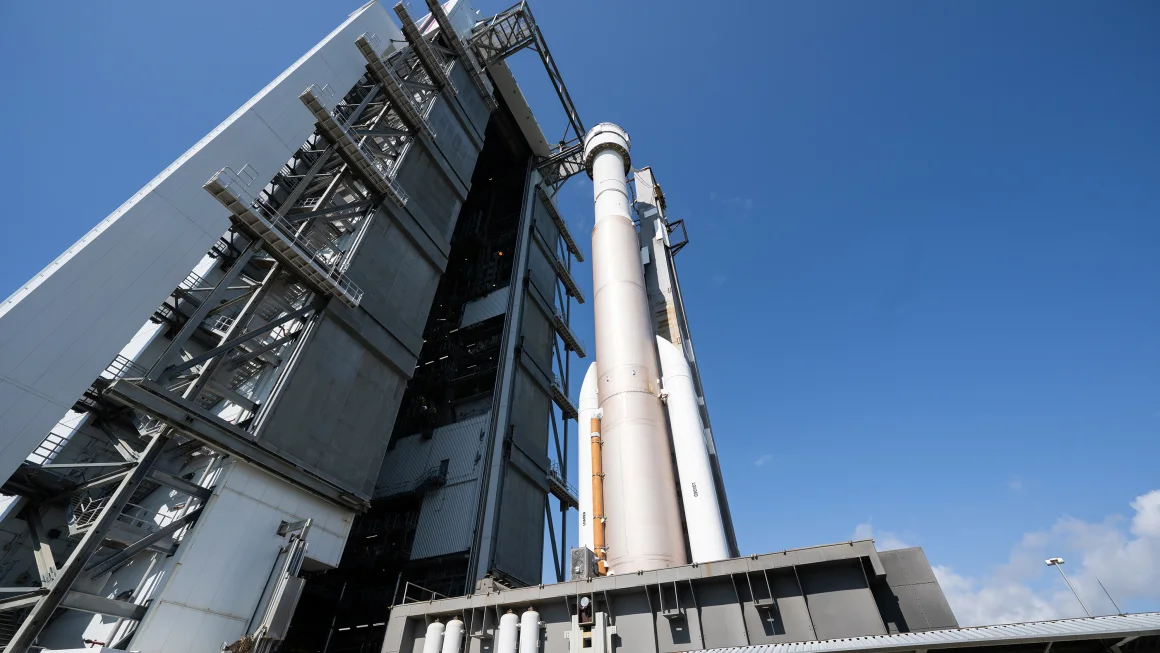Boeing’s Starliner spacecraft, poised for its inaugural crewed mission, faces a setback due to a valve issue, pushing the launch to May 17. This mission, critical for demonstrating Starliner’s operational capabilities, will test systems essential for future routine trips to the International Space Station. The delay was announced after engineers meticulously inspected the spacecraft and discovered a valve malfunction, necessitating extensive checks and repairs.
Launch Delay and Valve Concerns
Critical Valve Issue Identified
The journey to space for Boeing’s Starliner was paused when the United Launch Alliance (ULA) team detected a valve problem on the rocket’s upper stage, described as a “buzzing” by Tory Bruno, CEO of ULA. This phenomenon, involving rapid oscillation of the valve, posed a significant risk of failure, prompting the decision to halt the launch and remove astronauts Suni Williams and Butch Wilmore from the spacecraft as a precautionary measure.
Significance of the Mission
Starliner’s Role in NASA’s Future Plans
Scheduled to launch from NASA’s Kennedy Space Center, Starliner’s first crewed flight is more than a test; it’s a pivotal moment for NASA’s Commercial Crew Program. Boeing aims to complement SpaceX’s Crew Dragon, enhancing the United States’ capability to transport astronauts. The spacecraft’s readiness for regular missions hinges on the success of this test, underscored by NASA Administrator Bill Nelson, who emphasized the importance of testing life support and manual control systems with experienced astronauts like Williams and Wilmore.
What to Expect on the New Launch Date
Journey to the International Space Station
Upon a successful launch on the revised date, the Starliner, with Williams and Wilmore aboard, will separate from the Atlas V rocket in orbit and proceed to dock with the International Space Station. The astronauts will spend a week in orbit, participating in various missions with other crew members. Their return will also be aboard the Starliner, marking a critical test of the spacecraft’s re-entry and landing capabilities.
The unexpected delay of Boeing’s Starliner mission due to a valve issue is a reminder of the complexities and challenges in space travel. While disappointing, the thorough approach to solving these technical challenges reflects the rigorous safety standards necessary for space exploration. As the team works towards a new launch date, the anticipation builds for a successful mission and a new chapter in space travel where safety and precision lead the way.





















